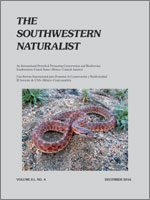Species geographic limits can be shaped by unfavorable conditions beyond range edges, and observations from peripheral habitats provide opportunities to assess individuals' capacity to tolerate environmental change. I monitored an extralimital breeding pair of Western burrowing owls (Athene cunicularia hypogea) in an eastern Kansas tallgrass prairie in 2013 using still and video photography. I quantified (1) the relative importance of different prey types in their diet, and (2) the timing and prevalence of a novel sunbathing behavior and discuss its possible adaptive significance. Owls in tallgrass prairie consumed more arthropods than vertebrates, with the latter contributing the most biomass in their diet. However, arthropods contributed more biomass than reported in studies that used indirect prey remains analyses. Owls sunbathed during midday when conditions were hot and dry, but never during cool periods or following rain events. I suggest owls in tallgrass prairie may sunbathe to shed ectoparasites.
How to translate text using browser tools
1 December 2017
Diet and behavior of extralimital Western burrowing owls (Athene cunicularia hypogea) in tallgrass prairie
Mark R. Herse
ACCESS THE FULL ARTICLE

The Southwestern Naturalist
Vol. 61 • No. 4
December 2016
Vol. 61 • No. 4
December 2016




